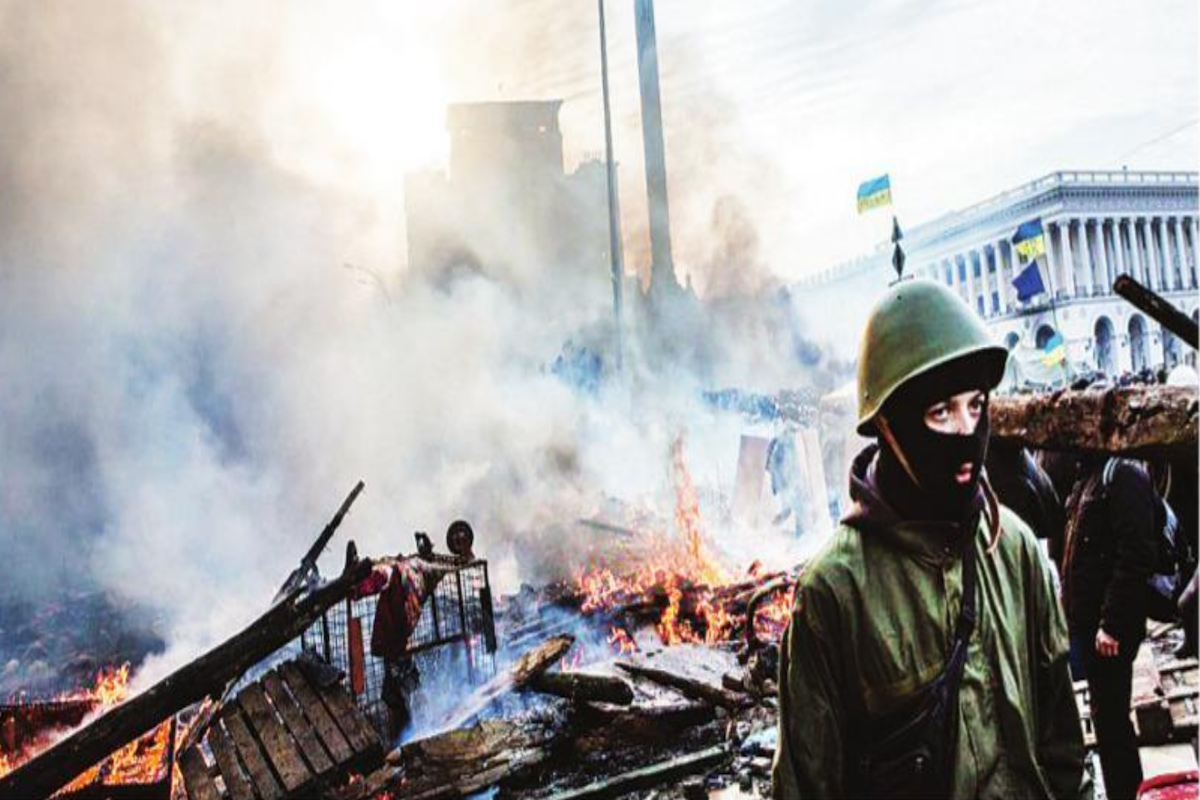Just over three months into Russia’s invasion of Ukraine, as the conflict continues to take an unacceptable toll on civilians, the battle on the ground is showing signs of turning into one of attrition. When Moscow began its “special military operation” in Ukraine in the last week of February, its armed forces moved in from three directions simultaneously ~ the North (Belarus), the South (Crimea), and the East (undisputed Russian territory) ~ leading most experts to conclude that the Kremlin’s aims were a quick capture of Kiev, effecting a regime change, and then hold- ing on to territories captured in eastern, predominantly Russian-speaking Ukraine. But, as strategic expert Steven Pifer has written recently, Russian forces reached the outskirts of Kiev only to retreat by end-March, their thrust towards Odessa got bogged down around Mykolaiv, and their attack on Kharkiv, Ukraine’s second-largest city located less than 50 kilometres from Russia’s border, was repulsed. The Russian military eventually secured control over Mariupol in mid-May and has since concentrated on the Don- bas region of eastern Ukraine where they have made significant progress. The ebb and flow of the battlefield situation, however, has divided analysts down the middle. One school of thought, as illustrated by Pifer’s analysis, is that the Russian army could soon become a spent force ~ exhausted by heavy casualties, high equipment losses, poor morale, and weak logistics; it would be incapable of mounting another major offensive operation. Additionally, the Kremlin’s decision not to declare a full troop mobilisation makes it difficult for the Russians to replace combat losses. Others, however, believe that this prognosis underestimates both Russian President Vladimir Putin’s staying power and the arms and men Russia has in reserve. Either way, though, it is becoming increasingly clear that a stalemate is the most likely near-term outcome with neither side able to claim victory.
But it is certain that even if geographically truncated, Ukraine will remain an independent, sovereign state in Europe when the war ends. And that Russia will gain strategic depth against the North Atlantic Treaty Organisation (Nato) which is expanding rapidly into eastern and northern Europe once it has substantial, if not full, control of Donbas and links it with occupied Crimea. A negotiated settlement, therefore, is still the best option for both Ukraine and Russia notwithstanding the hawks in Washington being in favour of supporting Ukraine till Russia’s capacity for future military action in Europe is degraded. Ukrainian President Volodymyr Zelenskyy seemed open to a compromise on key issues until a couple of months ago, including setting aside Kiev’s application to join Nato and declaring his country’s neutrality in the West-Russia face-off.
Advertisement









